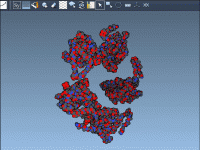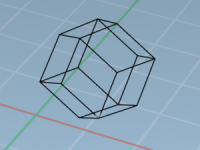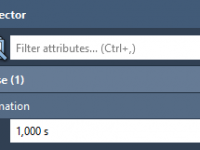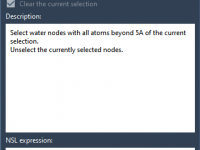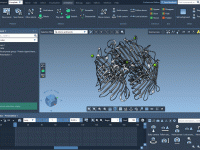Revealing Protein Interfaces with Symmetry Mates in SAMSON
Choosing the Best Unit Cell Shape in GROMACS Simulations
A Practical Way to Animate Molecular Transitions Without Complex Simulations
Making Molecular Visualizations Easier with Custom Visual Presets in SAMSON

In molecular modeling, a common challenge is consistently generating clear, informative visualizations—especially when dealing with complex systems such as protein-ligand complexes, solvated structures, or multi-chain systems. Adjusting representations, selecting relevant atoms or molecules, setting color schemes, and choosing visualization models…
Why Pausing at the Right Moment Can Improve Your Molecular Animations
Switching Between Molecular Projects Without Losing Context

For many molecular modelers, juggling multiple molecular systems during a modeling session is the norm, not the exception. Whether you’re comparing ligand binding modes, transferring fragments between structures, or running simulations on several conformations, managing multiple files effectively can be…
Making Your Molecular Models Easy to Share and Reuse

Collaborating on molecular modeling projects often comes with a familiar pain: file fragmentation. Between structures, scripts, analysis results, and supporting documents, tracking versions and sharing complete projects can be cumbersome. Ever forwarded a structure file and forgotten the accompanying script?…






